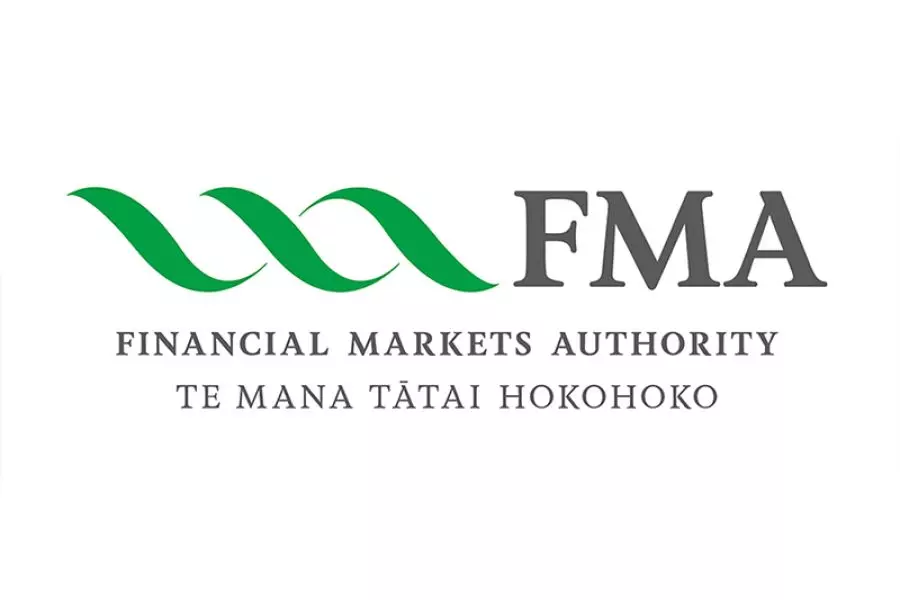News
Regional review: Our best-kept secret
Monday 7th of April 2008
The Wairarapa may only be an hour over the Rimutaka Hill north of Wellington, but to many it’s a world apart. It is an area rich in history; a region where New Zealand’s pioneering landed gentry sought to recreate the world they’d left behind. Change came with the railway as it snaked its way up the Wairarapa, and the region was exposed to a different type of farming....
Want to read the full article?
Click the button below to subscribe and will have unlimited access to full article and all other articles on the site.









![[The Wrap] Bye Bye Bayly](https://goodreturns.publit.io/file/c_fill,w_900,h_600/39f23ac1-f7c7-4854-b700-a150004ebbac.webp)